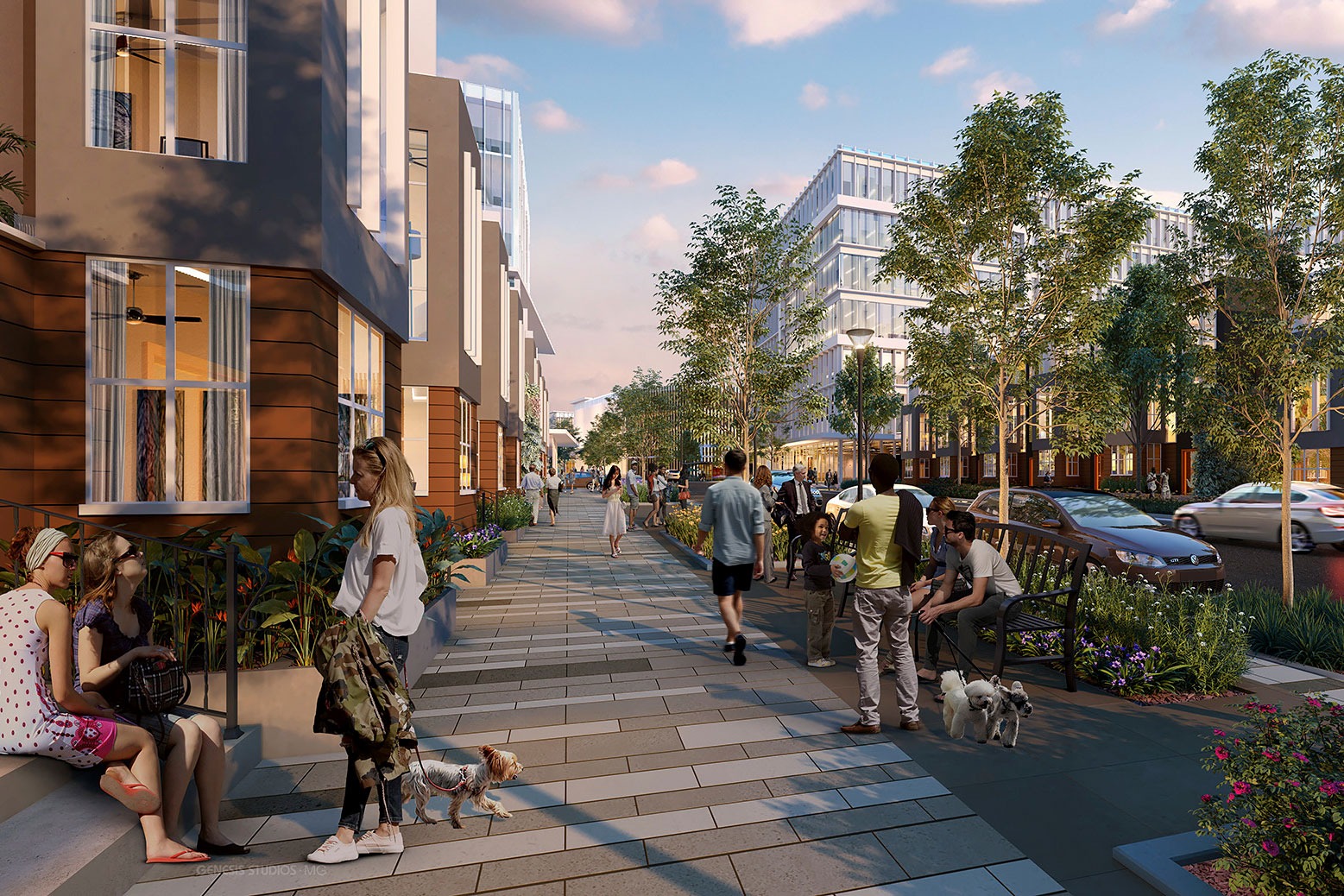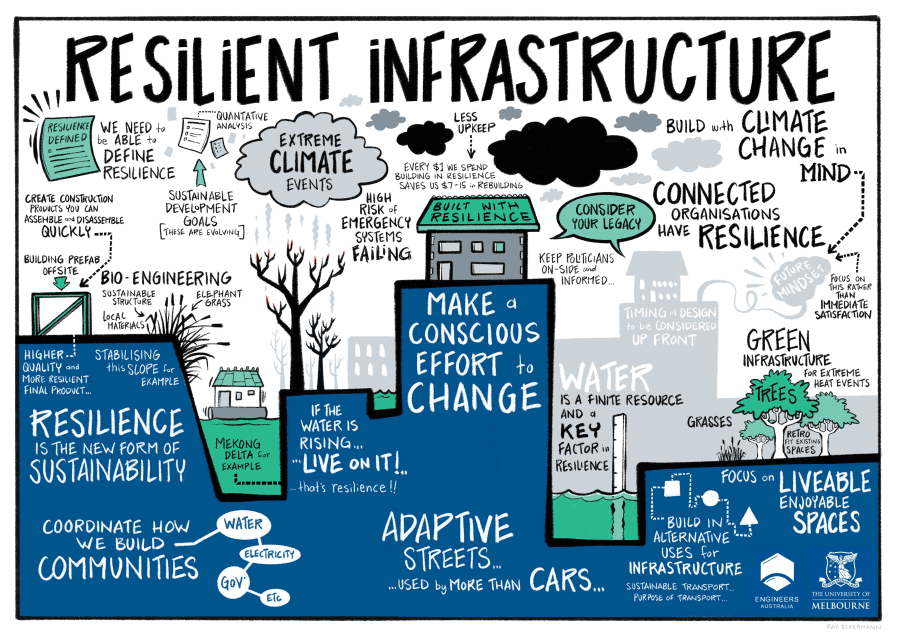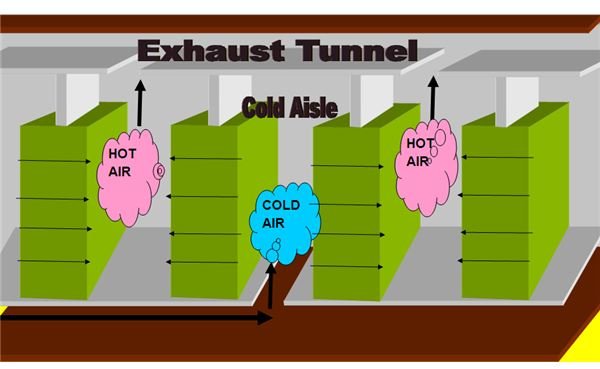What Are The Architectural Elements That Enhance Natural Cooling In Tropical Climates?
 Passive cooling is a vital technique that can be used in tropical climates to keep us comfortable and cut down on energy bills. But what is passive cooling, and how does it work? Let's dive in!
Passive cooling is a vital technique that can be used in tropical climates to keep us comfortable and cut down on energy bills. But what is passive cooling, and how does it work? Let's dive in!
What is passive cooling?
Passive cooling is a technique of designing buildings to naturally cool themselves, without the use of active cooling systems like air conditioning. This technique capitalizes on factors like shade, ventilation, and building materials to keep the inside of buildings cool even in hot climates.
How does passive cooling work?
Passive cooling works by taking advantage of the natural properties of buildings and their environment. Here are some of the ways passive cooling can work:
Shade
Buildings can be designed to incorporate shade from the sun throughout the day. This can be accomplished through features like overhangs, awnings, and deep windowsills. Shade keeps the inside of a building cool by blocking out the direct rays of the sun that heat up the space.
Ventilation
By designing a building to maximize airflow, passive cooling can keep the air inside the building cooler and more comfortable. This can be accomplished through features like large windows, cross-ventilation, and building orientation. Additionally, installing fans can help circulate air and further cool down a space without the need for air conditioning.
Building materials
The materials that a building is made of can have a big impact on how well it stays cool. Materials like brick, stone, and concrete have a high thermal mass, meaning they can absorb and store heat from the sun during the day and release it slowly at night. This helps keep the building cool during the day and warm at night. Additionally, reflective materials like cool roofs can reduce the amount of heat that is absorbed by the building.
Benefits of passive cooling
Passive cooling comes with a number of benefits, including:
- Reduced energy bills: By not relying on active cooling systems, buildings that use passive cooling can save a significant amount of money on their energy bills.
- Lower environmental impact: HVAC systems are often some of the biggest consumers of energy in a building, meaning that buildings that rely on passive cooling have a lower carbon footprint.
- More comfortable indoor environment: Passive cooling can create a more comfortable indoor environment by keeping the air inside the building cooler and fresher. Additionally, buildings designed for passive cooling often have better natural lighting and views, which can contribute to overall comfort.
FAQ about passive cooling
Can passive cooling be used in all climates?
While passive cooling is most useful in hot and humid climates, it can be adapted to work in a variety of climate types. Design considerations will need to be made based on factors like temperature ranges, humidity levels, and local weather patterns.
Does passive cooling require a lot of maintenance?
No, passive cooling does not require as much maintenance as active cooling systems like air conditioning. However, it is important to maintain features that contribute to passive cooling, like windows, fans, and shading devices, to ensure that they are functioning properly.
What building types are best suited for passive cooling?
Passive cooling can be used in almost any type of building, from homes to offices to schools. However, buildings with good orientation and natural ventilation tend to be better suited for passive cooling.
Is passive cooling expensive to install?
The cost of passive cooling will depend on the specific design features that are used, as well as the local climate and building type. In some cases, incorporating passive cooling features into a building may be more expensive upfront, but will result in significant savings on energy bills over time.
How can I incorporate passive cooling into my own home?
There are a variety of passive cooling techniques that can be used in residential buildings, such as:
- Planting shade trees around the exterior of the home
- Adding overhangs or awnings over windows
- Installing ceiling fans or portable fans to promote air circulation
- Using reflective roofing materials to reduce the amount of heat absorbed by the roof
- Designing the layout of the home to promote natural ventilation and cross-breezes
Incorporating these techniques into your home can help keep it comfortable and cool without the need for air conditioning.
Conclusion
Passive cooling is an important technique for keeping buildings comfortable and reducing energy bills in tropical climates. By maximizing shade, ventilation, and building materials, passive cooling can help keep buildings cool naturally, without the need for energy-intensive air conditioning systems. Whether you're designing your own home or working on a larger project, incorporating passive cooling techniques is a worthwhile investment that can pay off in a more comfortable and eco-friendly indoor environment.




Post a Comment for "What Are The Architectural Elements That Enhance Natural Cooling In Tropical Climates?"